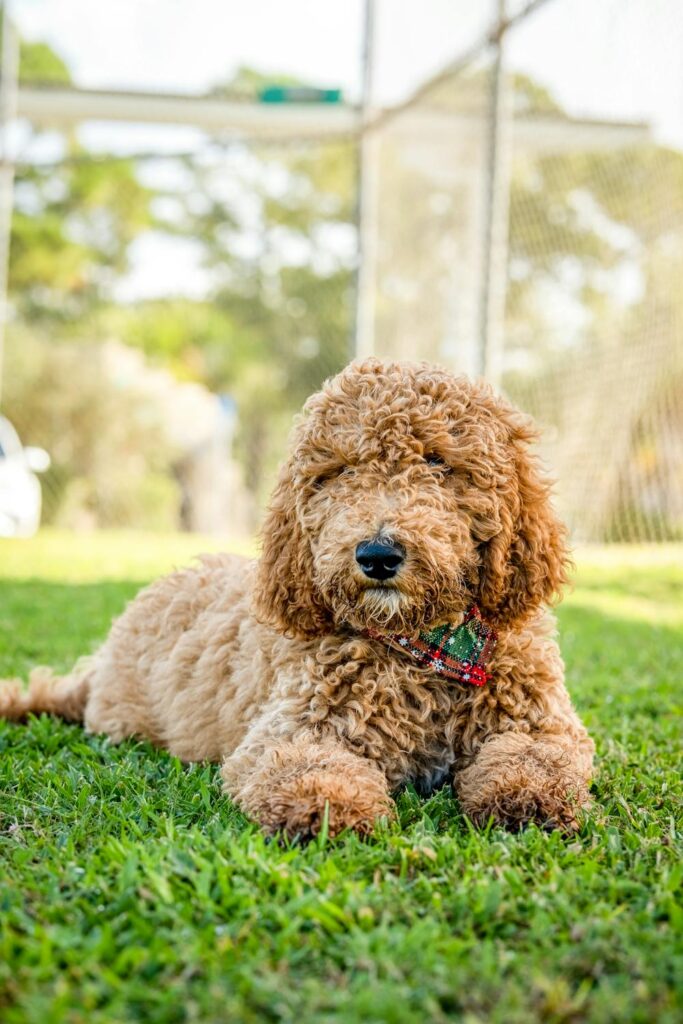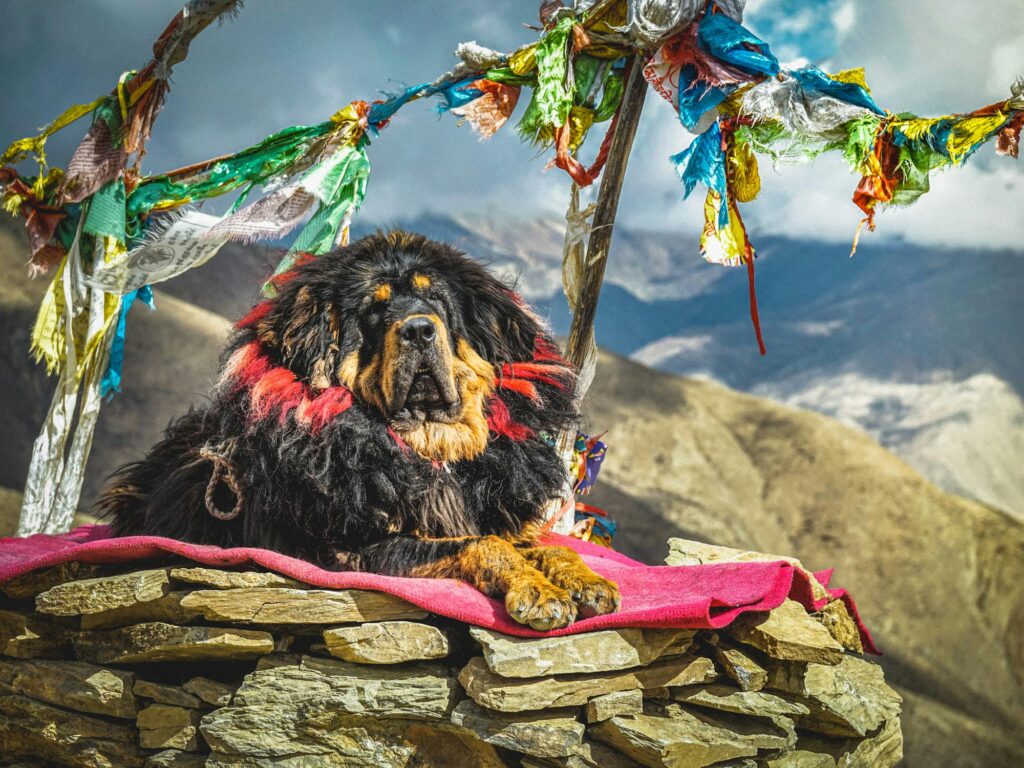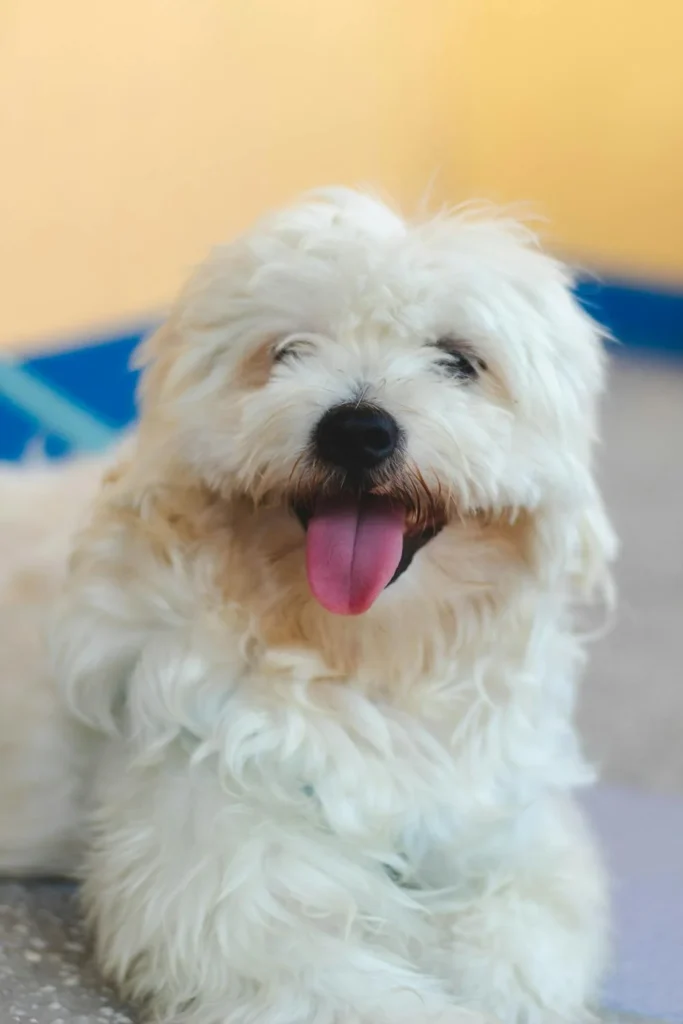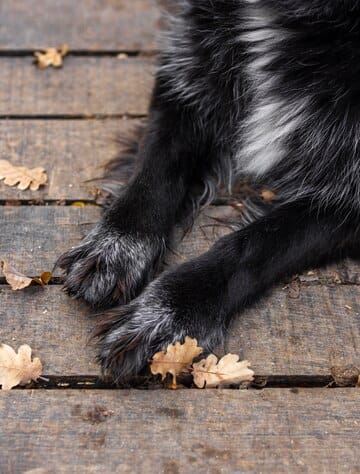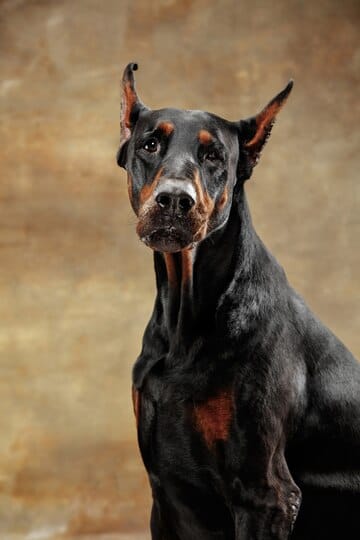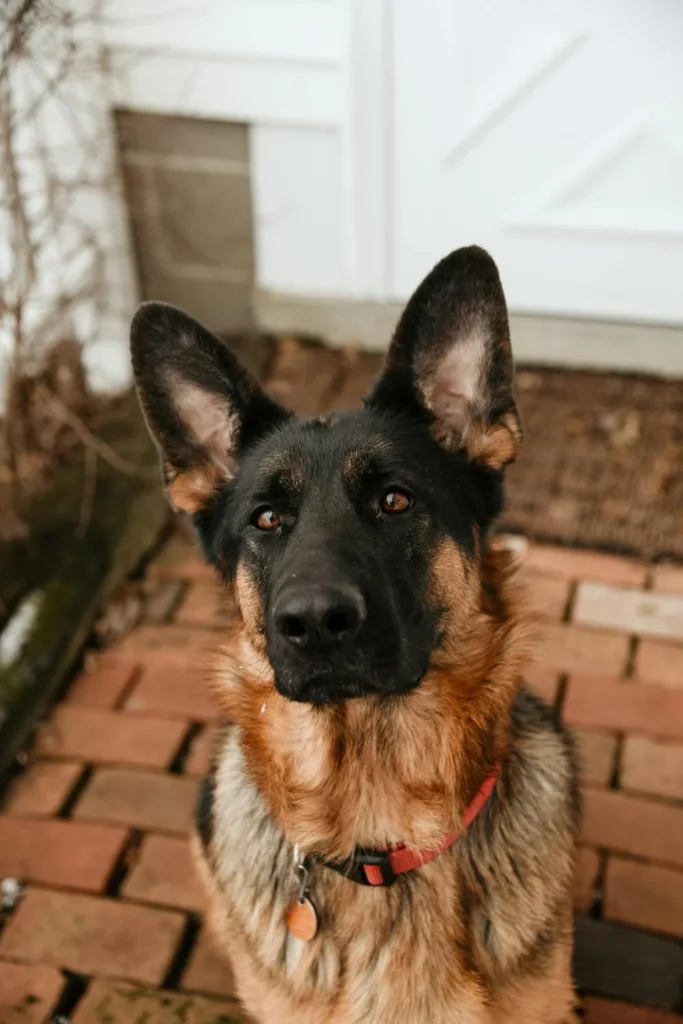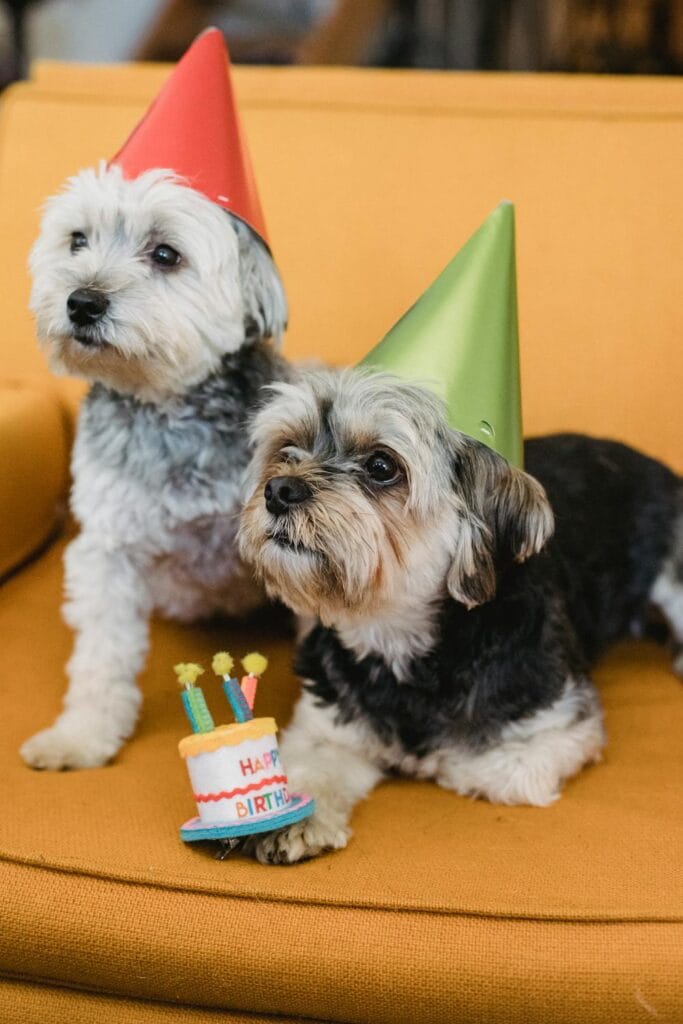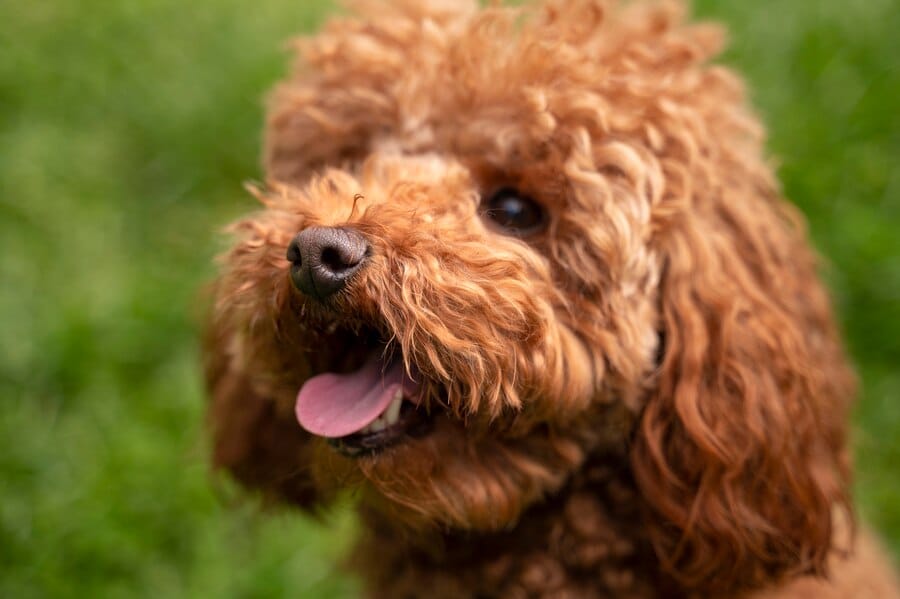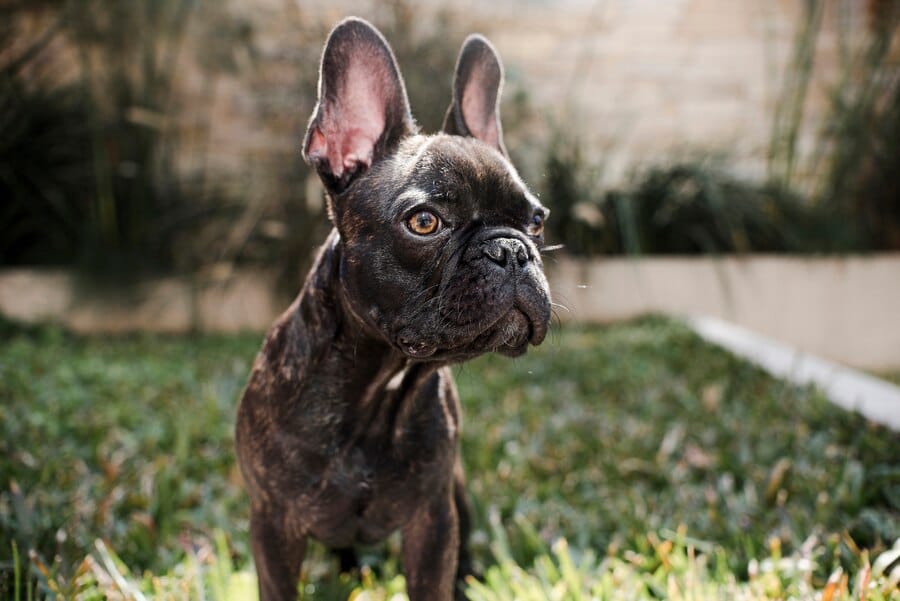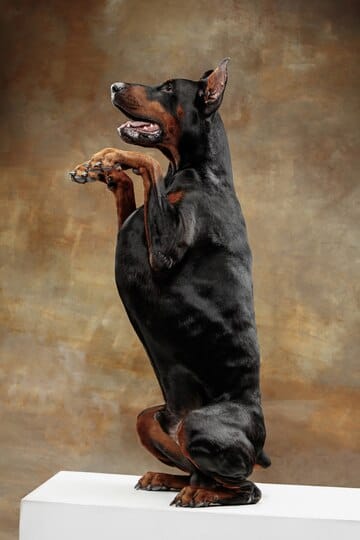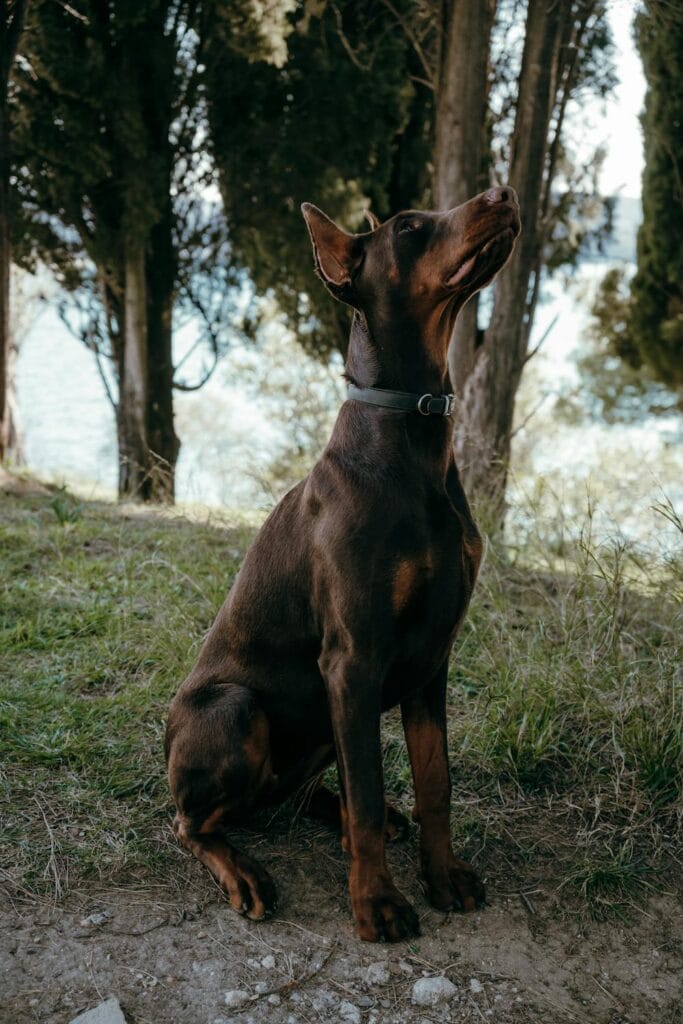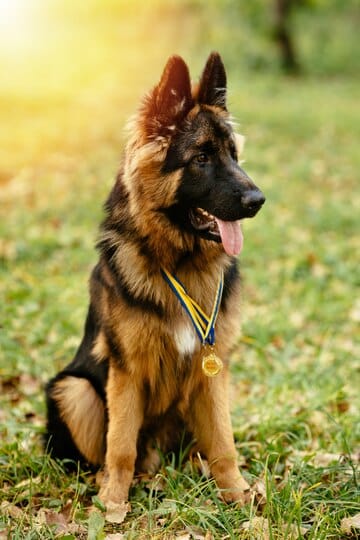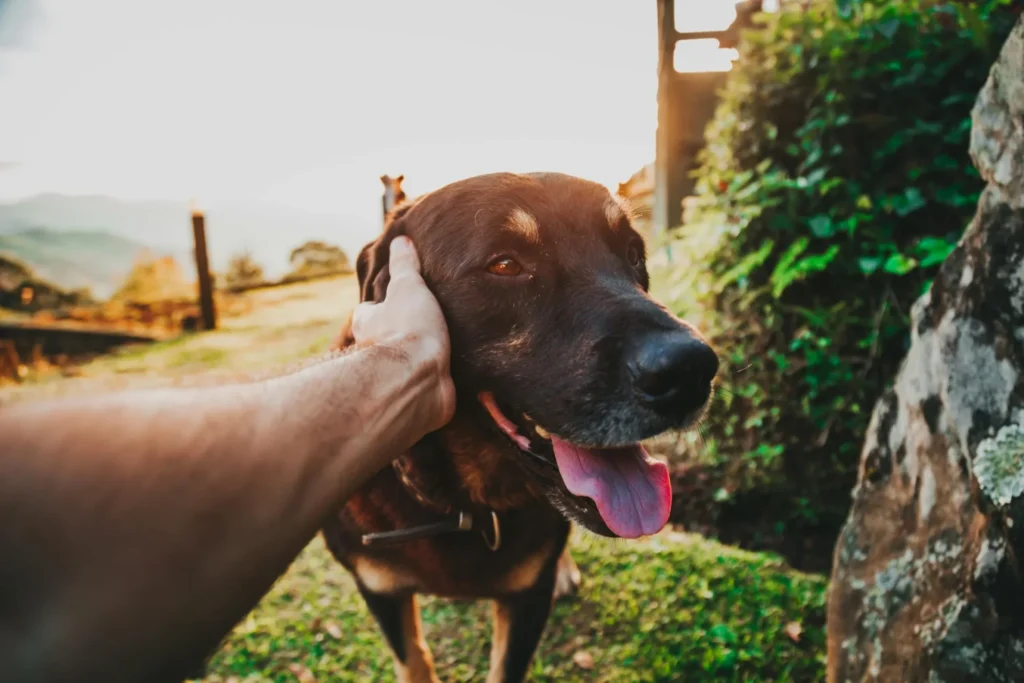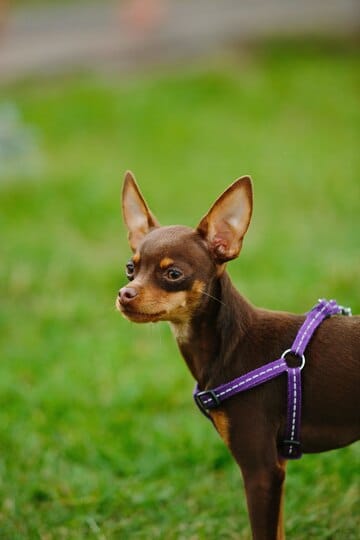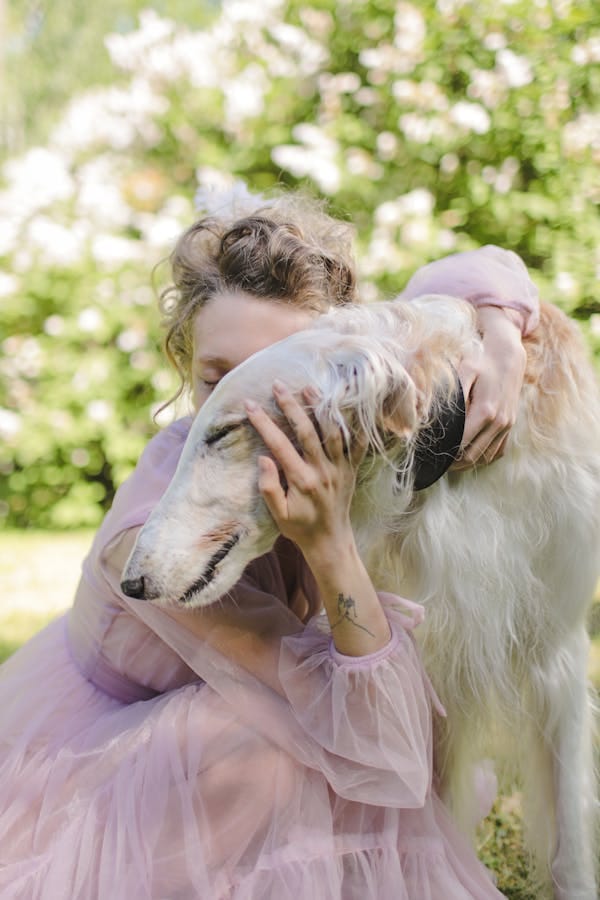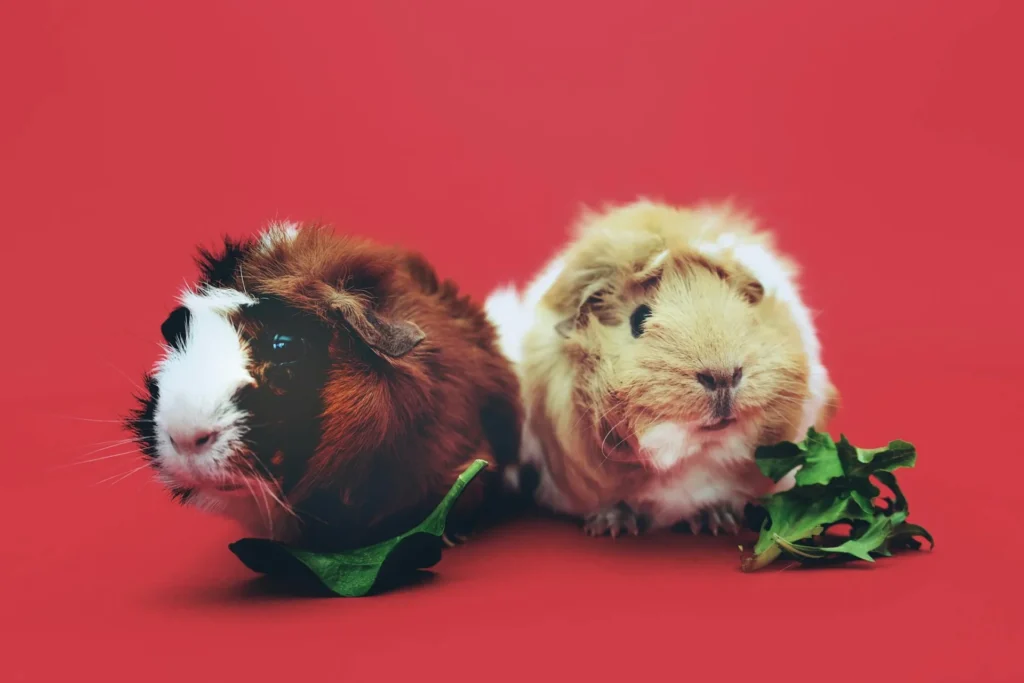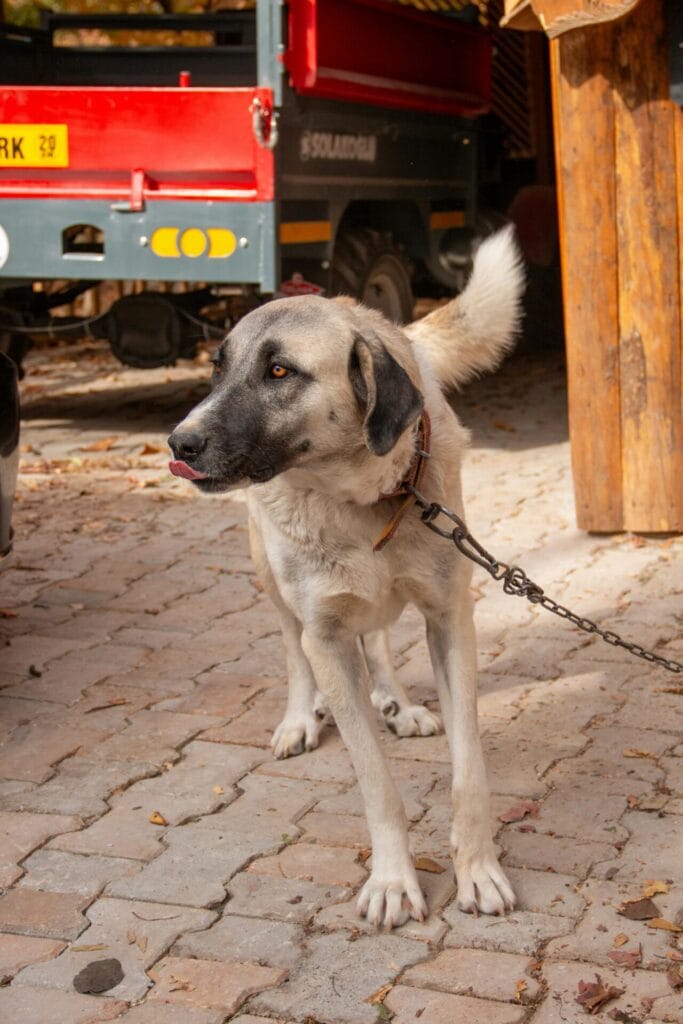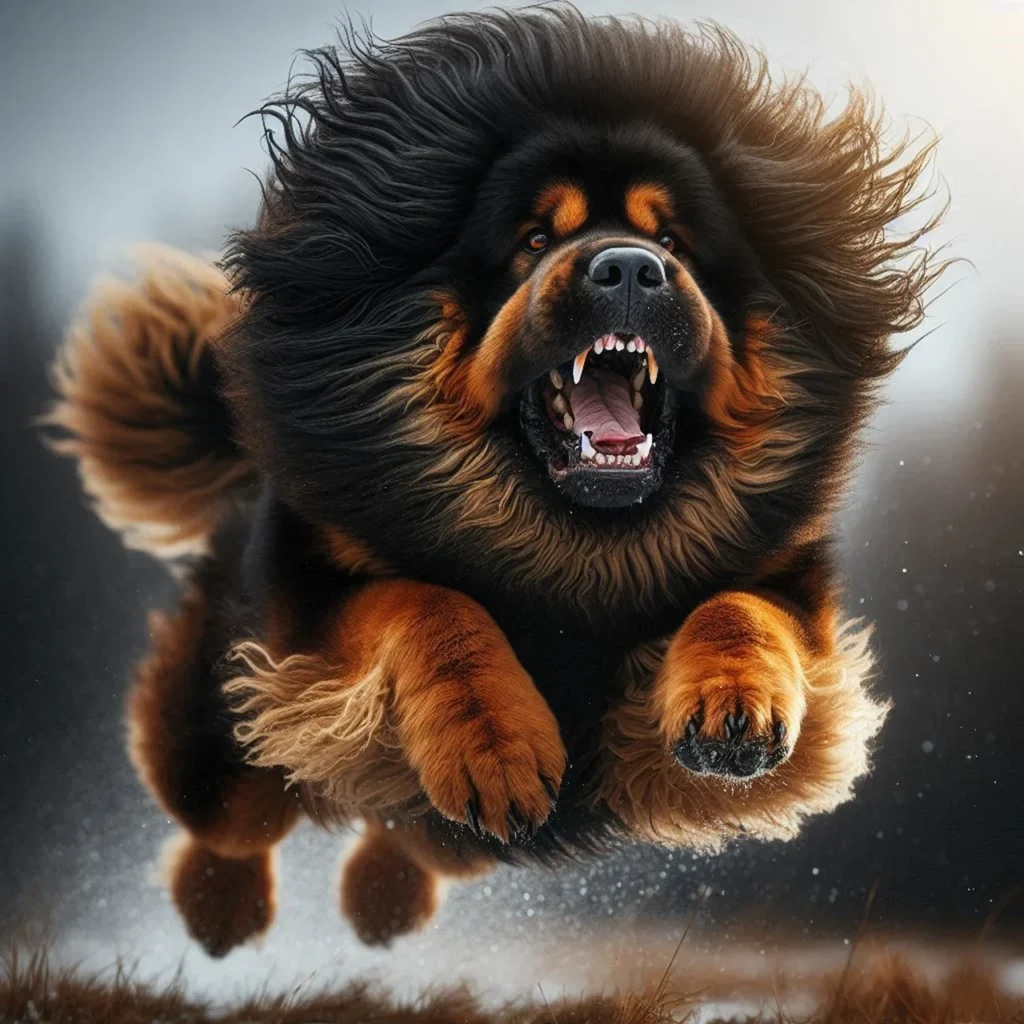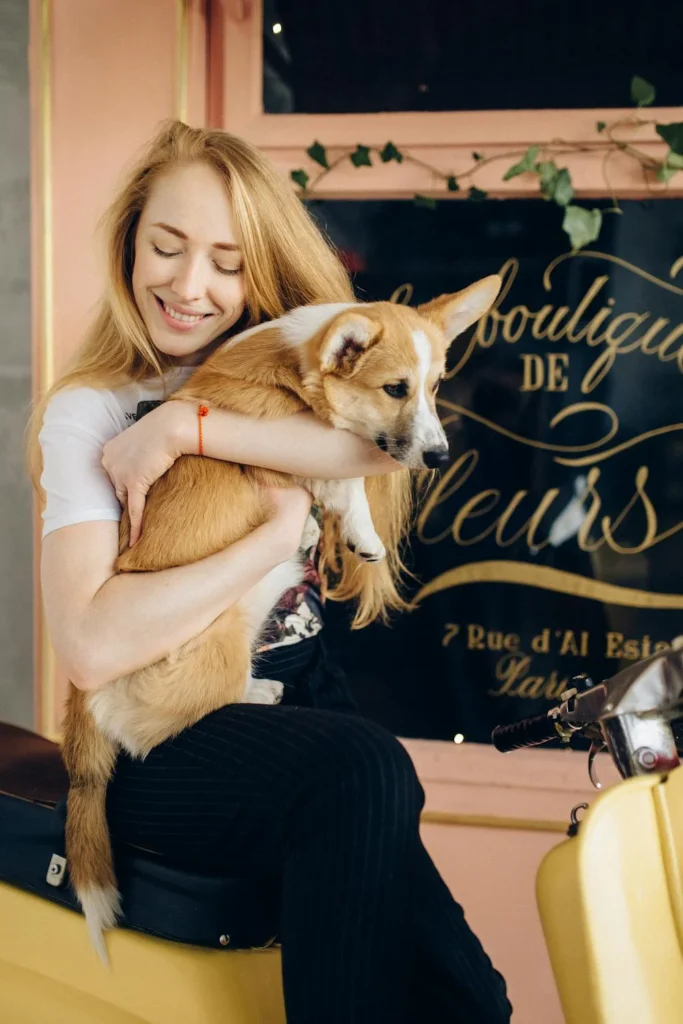Poodles are beloved for their unique, curly coats that come in a rainbow of colors. But have you ever wondered whether these dogs sport fur or hair? And why do their tresses have such a distinct texture? In this article, we’ll delve into the captivating world of poodle coats, exploring their characteristics, origins, grooming requirements, and even delving into the world of poodle hairstyles and fashion. Get ready to unravel the mysteries of poodle hair like never before!
Fur or Hair: The Poodle Conundrum
Contrary to popular belief, poodles don’t have fur – they have hair. But what’s the difference, you ask? Fur is a dense, protective coat consisting of two layers: a coarse outer layer (guard hairs) and a softer undercoat. Hair, on the other hand, is a single coat that grows continuously and lacks an undercoat.
Poodles, along with a few other breeds like the Afghan Hound and Portuguese Water Dog, are part of the elite “hair” club in the canine world. Their hair shares more similarities with human hair than traditional dog fur.
“Poodle hair is more akin to human hair in terms of its growth cycle, texture, and grooming needs,” explains Jane Doe, a certified groomer with over 15 years of experience.
Do Poodles Have Human Hair?
While poodle hair shares many characteristics with human hair, it’s important to note that they are not exactly the same. Poodle hair is still canine hair, albeit with a unique structure and growth pattern.
However, the similarities between poodle hair and human hair are remarkable. Like human hair, poodle hair grows continuously, has a similar protein structure, and can be styled, colored, and treated with many of the same products and techniques used for human hair.
This similarity has led to poodle hair being used in various industries, including the production of high-quality wigs and hair extensions for humans.
Benefits of Poodle Fur
While poodles don’t technically have fur, their hair-like coats offer several benefits that make them a popular choice for pet owners:
- Hypoallergenic: Poodles are often considered hypoallergenic because they produce less dander (dead skin cells) than dogs with traditional fur coats, making them a better option for people with allergies.
- Low-Shedding: Poodle hair has a longer growth cycle than fur, resulting in less shedding and a cleaner living environment.
- Versatile Grooming: Poodle hair can be trimmed, clipped, and styled into various fashionable cuts, allowing owners to showcase their pup’s personality and flair.
- Easy Maintenance: While regular grooming is essential, poodle hair is less prone to matting and tangling than traditional fur coats, making it easier to maintain.
The Curly Question: Why Do Poodles Have Such Unique Hair?
Poodles are renowned for their distinctive curly coats, but what’s the secret behind those perfect ringlets? The answer lies in their unique hair follicles.
Unlike most dog breeds with straight or wavy fur, poodles have hair follicles that are oval-shaped and angled, causing the hair to grow in a spiral pattern. This results in those iconic, low-maintenance curls that are resistant to matting and tangling.
Grooming Matters: Caring for Poodle Hair
While poodle hair may be low-maintenance in terms of tangles, it does require regular grooming to maintain its health and appearance. Here are some essential grooming tips:
- Brushing: Brush your poodle’s coat regularly with a slicker brush or greyhound comb to remove any loose hair and prevent matting.
- Bathing: Bathe your poodle every 4-6 weeks using a high-quality, moisturizing shampoo and conditioner formulated for dogs.
- Trimming: Poodle hair grows continuously, so regular trimming is necessary to maintain the desired length and shape.
- Professional Grooming: Consider taking your poodle to a professional groomer every 6-8 weeks for a thorough grooming session, including clipping, trimming, and styling.
“Proper grooming is key to keeping your poodle’s coat healthy, manageable, and looking its best,” advises John Doe, a veteran poodle breeder.
Poodle Hairstyles and Fashion
With their unique hair texture and continuous growth, poodles have become the canvas for creative grooming and hairstyles. From the classic “poodle clip” to more intricate designs, poodle grooming has become an art form in itself.
Many poodle owners enjoy experimenting with different hairstyles, colors, and accessories to showcase their pup’s personality and flair. From vibrant hair dyes to bows and bandanas, the possibilities are endless when it comes to poodle fashion.
However, it’s important to remember that any grooming or styling should prioritize the health and well-being of your poodle, and should only be done using dog-safe products and techniques.
Other Dog Breeds with Hair
While poodles are perhaps the most well-known breed with hair, they’re not the only ones. Here are some other dog breeds that share this unique trait:
| Breed | Hair Characteristics |
|---|---|
| Afghan Hound | Long, silky hair that requires frequent grooming |
| Portuguese Water Dog | Hypoallergenic, curly hair similar to poodles |
| Puli | Long, corded coat that resembles dreadlocks |
| Komondor | Unique, mop-like coat made of tightly wound cords |
| Bergamasco | Distinctive, matted coat that forms flat layers |
The Perpetual Growth Debate
One of the most common questions about poodle hair is whether it stops growing or grows indefinitely. The answer? Poodle hair does indeed grow continuously, unlike fur which has a defined growth cycle.
However, this continuous growth doesn’t mean that your poodle’s hair will grow endlessly. Eventually, the hair will reach a maximum length determined by its growth rate and the frequency of trimming or clipping.
“Poodle hair grows at a rate of about 1-2 inches per month, so regular trimming is necessary to maintain the desired length and prevent excessive growth,” notes Dr. Emily Smith, a veterinary dermatologist.
Coat Color and Genetics
Another fascinating aspect of poodle hair is the wide range of colors it can exhibit. From classic black and white to vibrant reds, apricots, and even unique shades like blue and silver, poodles showcase a remarkable diversity in coat colors.
These colors are determined by various genetic factors, including pigmentation genes and dilution genes. Responsible breeding practices and genetic testing can help ensure healthy coat colors and minimize the risk of color-related health issues.
Conclusion
Poodles are truly unique in the canine world, boasting hair instead of fur and sporting those iconic, curly tresses. By understanding the characteristics of poodle hair, its grooming requirements, and its continuous growth pattern, you can better care for your poodle’s coat and ensure it remains healthy, manageable, and utterly fabulous.
Remember, proper grooming is key to maintaining your poodle’s hair in top condition, and regular visits to a professional groomer can make all the difference. Embrace the wonder of poodle hair, and enjoy the journey of unraveling its mysteries alongside your beloved companion.
FAQs
Q: Can poodles be hypoallergenic?
A: Yes, poodles are often considered hypoallergenic because they produce less dander (dead skin cells) than other breeds due to their hair-like coats. However, no dog is truly 100% hypoallergenic, as all dogs produce some level of allergens.
Q: Do all poodle mixes (like Labradoodles) have hair instead of fur?
A: Not necessarily. Poodle mixes can inherit either hair or fur from their parent breeds, resulting in a coat that’s a combination of both hair and fur.
Q: Can poodle hair be straight or wavy?
A: While most poodles have the iconic curly coat, some poodles can have straight or wavy hair due to variations in their hair follicles or genetics.
Q: How often should poodles be professionally groomed?
A: It’s recommended to take your poodle to a professional groomer every 6-8 weeks for a thorough grooming session, including clipping, trimming, and styling.
Q: Can poodle hair be dyed or colored?
A: Yes, poodle hair can be safely dyed or colored using dog-safe hair dyes and products. However, it’s best to consult a professional groomer for this service to ensure the health and integrity of your poodle’s coat.

